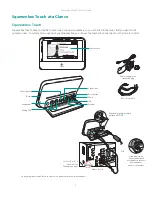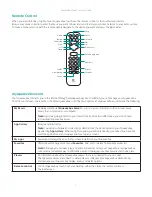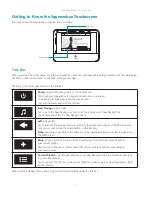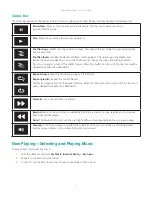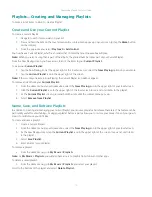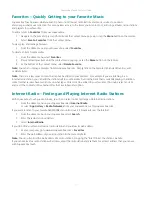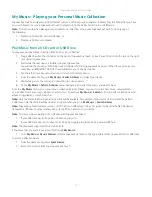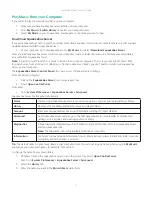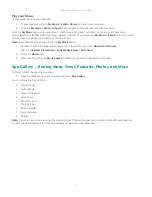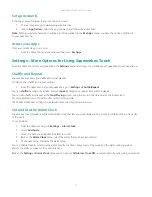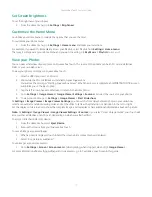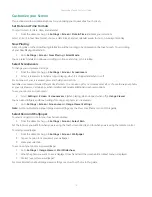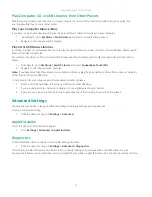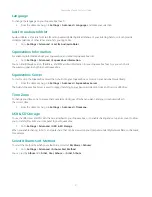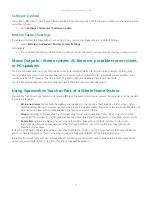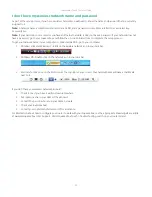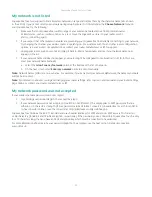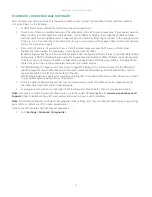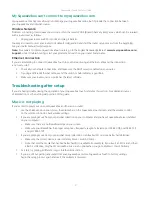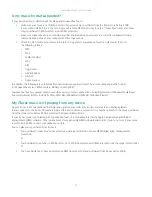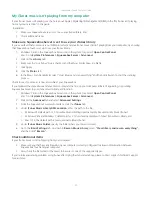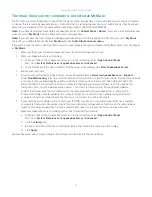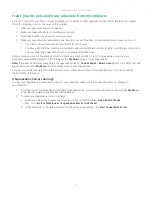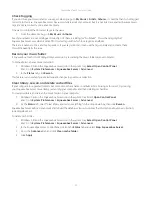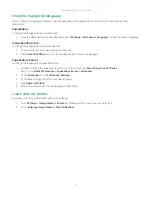
Squeezebox Touch Features Guide
20
Play Computer, SD, or USB Libraries from Other Players
Whether your personal music collection is on your computer or on an attached SD card or USB drive, you can play it on
your Squeezebox Touch or on another player.
Play your Computer Music Library
If you have set up Squeezebox Touch to play the personal music collection you have on your computer:
From Player2, go to
1.
My Music > Switch Library
and select <
computer-library-name
>.
Navigate to the tune you want, and play.
2.
Play SD or USB Music Libraries
If, instead, you have set up Squeezebox Touch to play the personal music you have on an SD card or USB drive, simply switch
libraries from Player2, and play.
For example, if you have an SD card inserted into Squeezebox Touch and you want to play that music library from another
player:
From Player2, go to
1.
My Music > Switch Library
and select
Squeezebox Touch (SD).
Navigate to the tune you want , and play.
2.
Note:
If you have more than three players, we recommend that you play the personal music library that is on your computer,
rather than an SD card or USB drive.
To help ensure that your setup supports the maximum number of players:
Attach a fast USB hard drive, rather than an SD card or other USB drive.
•
If you are using a wireless network, configure it to use a lightly used router channel.
•
If possible, use a wired connection for the Squeezebox Touch that is being accessed by other players.
•
Advanced Settings
Squeezebox Touch offers a range of advanced settings to help you manage your Squeezebox.
To access advanced settings:
From the Home menu, go to
•
Settings > Advanced
Applet installer
Select this option to install 3rd-party applets:
Go to
•
Settings > Advanced > Applet Installer
Diagnostics
To find information that is useful in some troubleshooting situations:
From the Home menu, go to
•
Settings > Advanced > Diagnostics.
This location provides the version of software that is currently running on your Squeezebox, the MAC address of your
Squeezebox, firmware version, hardware version, strength of your wireless signal, IP address, port connection status and more.

